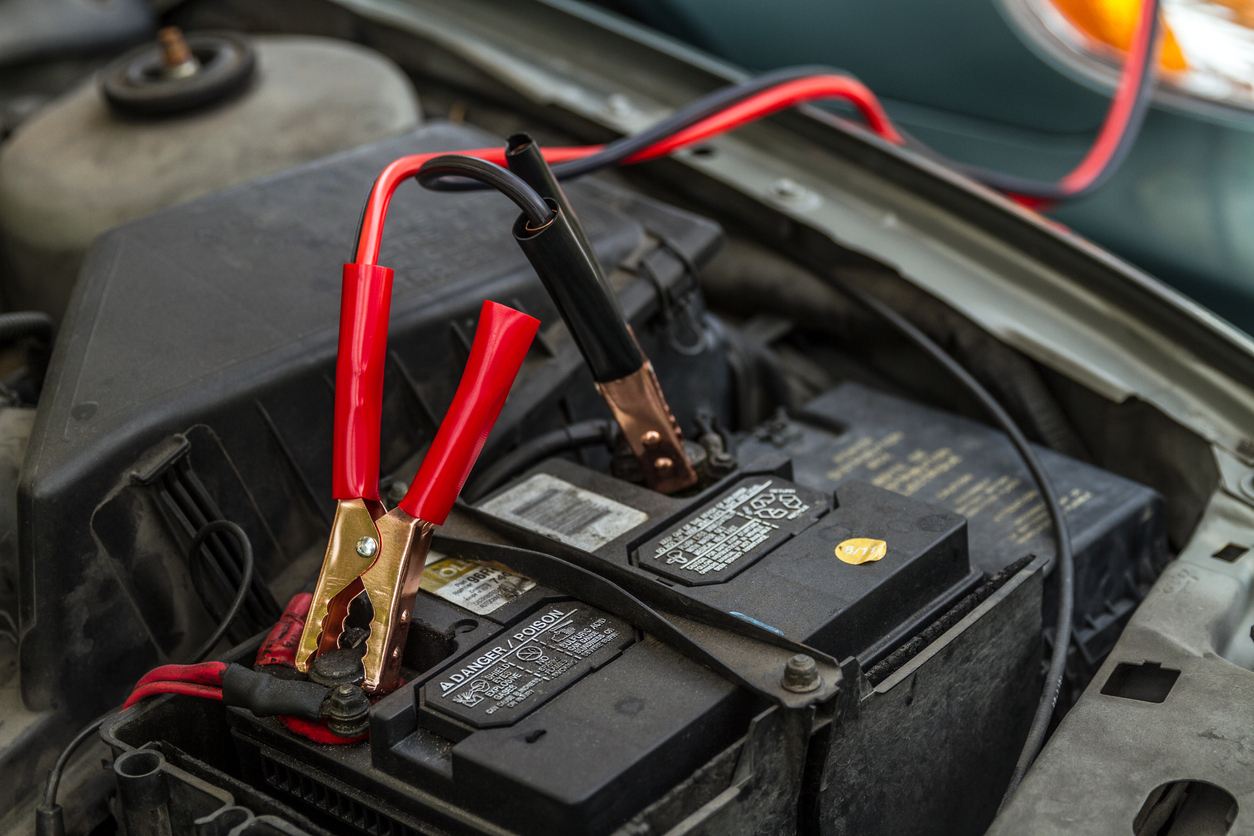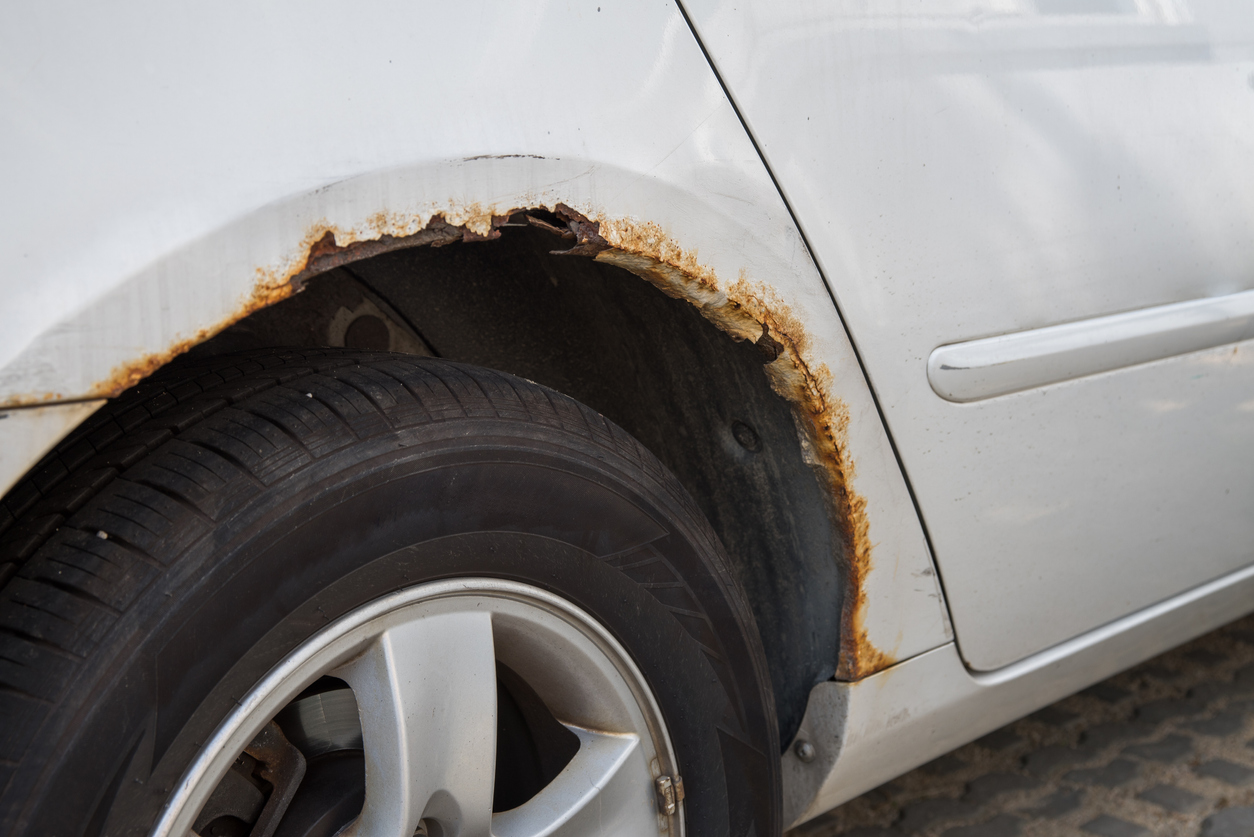
Motorweek Lesson Starters
Get revved up and inspired to learn about high school science with award-winning MotorWeek, television’s longest-running and most respected automotive series.
Use these lesson starters to take a deeper dive into the science behind alternative vehicles and do-it-yourself car care tips, including energy conversion, climate change solutions, and human impact. Select a topic below to find video clips, essential and guiding questions, learning extensions, and other student supports to use in your classroom.
 Climate change is a major problem for our planet. One way we are contributing to increased climate change is by burning fossil fuels, which includes using petroleum gasoline in our cars. However, new technology with automobiles has allowed us to reduce our impact on climate change.
Climate change is a major problem for our planet. One way we are contributing to increased climate change is by burning fossil fuels, which includes using petroleum gasoline in our cars. However, new technology with automobiles has allowed us to reduce our impact on climate change.
> Go to Alternative Fuels and Vehicles (Climate Change Solutions) Lesson

It is important to top your car off with various fluids and chemicals so that it can function properly and safely. Antifreeze (also known as engine coolant) is one of these chemical fluids that are essential for cars, especially during cold weather.
> Go to Antifreeze (Conservation of Matter and Mass) Lesson
 Car accidents and collisions happen more than we often like to see on roads. When two cars collide there are a number of factors that determine the force of these cars as they strike each other. The force of each car as they collide determines the amount of damage one car might do to the other in an accident.
Car accidents and collisions happen more than we often like to see on roads. When two cars collide there are a number of factors that determine the force of these cars as they strike each other. The force of each car as they collide determines the amount of damage one car might do to the other in an accident.
> Go to Car Accidents/ Collisions (Newton's Second Law of Motion) Lesson
 Car batteries are essential in order for a car to even turn on to be able to drive it. When a car battery is dead, jumper cables are used to provide an alternative current to the circuit within the battery to allow it to work again. How does this work and what does a circuit even look like?
Car batteries are essential in order for a car to even turn on to be able to drive it. When a car battery is dead, jumper cables are used to provide an alternative current to the circuit within the battery to allow it to work again. How does this work and what does a circuit even look like?
> Go to Car Battery (Series and Parallel Circuits) Lesson
 Rural community public transportation is typically not as high-tech or robust as urban public transportation systems. A small town in Texas has found a solution to tackle this problem that will both provide transportation for its residents and reduce carbon fuel emissions.
Rural community public transportation is typically not as high-tech or robust as urban public transportation systems. A small town in Texas has found a solution to tackle this problem that will both provide transportation for its residents and reduce carbon fuel emissions.
> Go to Electric Vehicles in Rural Communities (Human Impact) Lesson
 There are a variety of elements found in different chemicals, including car grease, lubricants, and oils. What makes these elements different and how can we identify the properties of these elements and their atomic structures?
There are a variety of elements found in different chemicals, including car grease, lubricants, and oils. What makes these elements different and how can we identify the properties of these elements and their atomic structures?
> Go to Elements in Car Grease, Lubricants, and Oils (Periodic Table of Elements) Lesson
 You have likely seen brown crusty material appear on old cars or other objects with metal and steel components. We call this rust. Rust causes damage to cars. So, how exactly does rust form?
You have likely seen brown crusty material appear on old cars or other objects with metal and steel components. We call this rust. Rust causes damage to cars. So, how exactly does rust form?
> Go to Rust (Outermost Electrons and Chemical Reactions) Lesson
 Solar power is something we now often see and hear about when it comes to clean, renewable energy. Now, scientists and engineers are working to develop solar-powered vehicles. How exactly does solar-powered technology work?
Solar power is something we now often see and hear about when it comes to clean, renewable energy. Now, scientists and engineers are working to develop solar-powered vehicles. How exactly does solar-powered technology work?